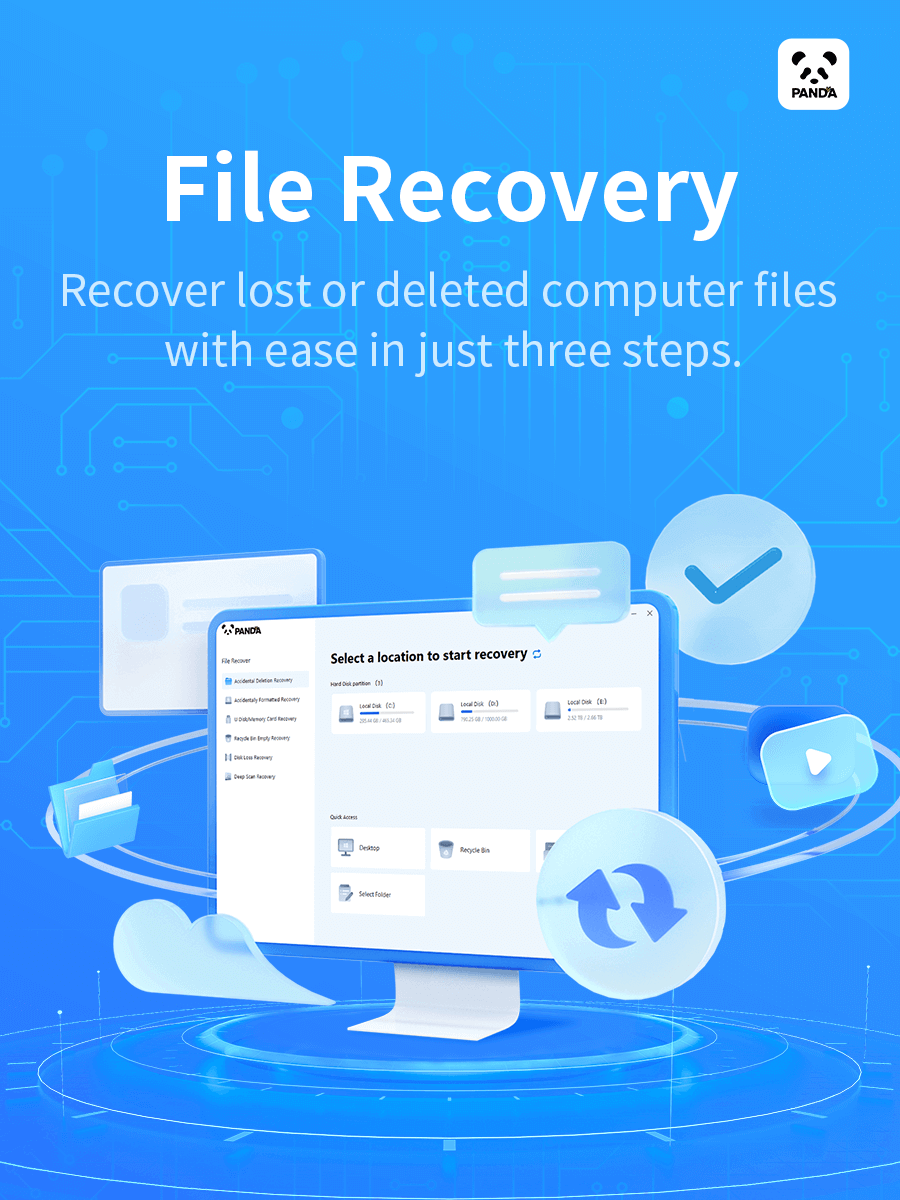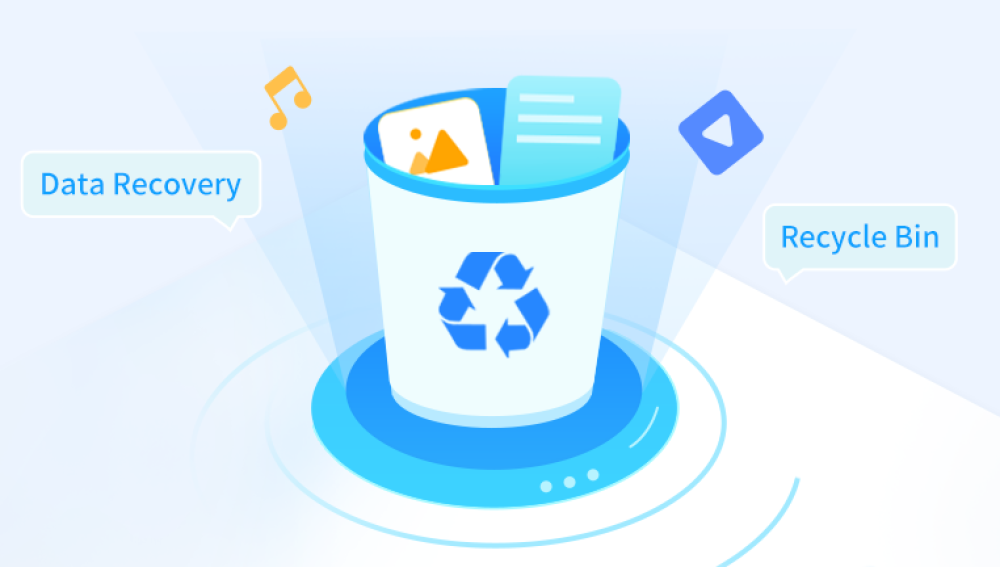How to Fix “Word Cannot Open the Existing File” Error
Microsoft Word is a powerful tool for document creation, but even the most reliable software can encounter issues. One common problem that users face is the error message: “Word cannot open the existing file”. This error typically occurs when you try to open a Word document and the program fails to recognize or access it.
1. Common Causes of the “Word Cannot Open the Existing File” Error
Before diving into the solutions, let’s examine the typical causes of this issue:
File Corruption: The most common reason why Word can't open a file is because the document is corrupted. This can happen due to improper saving, unexpected shutdowns, or file transfer errors.
Incompatible File Format: If you are trying to open a file with an unsupported or outdated format, Word may fail to recognize it.
Issues with Word Application: Sometimes, problems within Microsoft Word, such as a glitch or outdated software, can prevent the program from opening files correctly.
.jpg)
File Location: If the file is stored on an external drive or network location that is not accessible, you may receive this error.
Permissions Issues: If you don’t have the necessary permissions to access the file, Word may not be able to open it.
2. Solution 1: Check the File Extension
One possible reason for this error is that the file extension doesn’t match the document’s actual format. For example, you might be trying to open a document with a .docx extension that was originally saved in an older .doc format.
Steps:
Right-click the file and select Properties.
Under the General tab, look at the file type.
Ensure the file extension matches the format that Word can open (.docx or .doc).
If the extension is incorrect, try renaming the file and adding the correct extension (e.g., .docx).
3. Solution 2: Open the Document in Safe Mode
Opening Word in Safe Mode can help isolate the issue. In Safe Mode, Word runs with minimal resources, disabling add-ins and customizations that might be causing the problem.
Steps:
Press Ctrl + R to open the Run dialog box.
Type winword /safe and hit Enter. This will open Word in Safe Mode.
Try opening the problematic file in Safe Mode.
If the document opens, there may be a conflict with one of your add-ins. You can disable them by going to File > Options > Add-ins and managing them.
4. Solution 3: Repair the Word Document
If the file is corrupted, Word’s built-in repair feature can help recover some or all of the document’s content.
Steps:
Open Microsoft Word.
Click on File > Open.
Select the corrupted file.
Instead of clicking Open, click the dropdown arrow next to the Open button and select Open and Repair.
Word will attempt to repair the file and open it.
5. Solution 4: Use Word’s Open and Repair Feature
If you cannot open the file directly, try using Word’s Open and Repair feature to recover the document.
Steps:
Open Microsoft Word.
Go to File > Open.
Browse to the location of the problematic file.
Click the file once to highlight it (don’t double-click it to open).
From the Open menu, click the dropdown arrow next to the Open button and select Open and Repair.
If the file is repairable, Word will attempt to recover it.
6. Solution 5: Recover the Document from AutoRecover
Microsoft Word has an AutoRecover feature that saves temporary copies of your documents as you work. If your document was previously saved, you might be able to recover it from AutoRecover.
Steps:
Open Word and go to File > Open.
Look for the Recent documents list.
At the bottom of this list, click on Recover Unsaved Documents.
A window will pop up showing a list of unsaved documents. Look for your file and open it.
If you find your document, save it immediately.
7. Solution 6: Update or Reinstall Microsoft Word
Sometimes an outdated version of Word can cause issues with opening files. Make sure your version of Word is up to date.
Steps:
Open any Office application (Word, Excel, etc.).
Go to File > Account.
Under Product Information, click Update Options > Update Now.
Follow the prompts to update Word.
If updating doesn’t help, you may need to reinstall Word. To do this, go to your computer’s Control Panel, select Programs and Features, find Microsoft Word, and click Uninstall. Then reinstall it from the Microsoft website.
8. Solution 7: Recover the File Using a Third-Party Tool
If none of the above solutions work, you may need to use third-party data recovery software. These programs are designed to recover lost, corrupted, or deleted Word documents.
Popular options include:
Drecov Data Recovery is a powerful and reliable software solution designed to help users recover lost or deleted data from a wide variety of storage devices. Whether you're dealing with accidental file deletion, corrupted hard drives, or formatted partitions, Drecov Data Recovery provides an intuitive and user-friendly interface to help restore your valuable files.
The software supports recovery from numerous storage devices, including hard drives, external drives, USB flash drives, SD cards, and other removable media. It can recover files from multiple file systems, including NTFS, FAT32. exFAT, and more, ensuring compatibility with both Windows and Mac operating systems.
One of Drecov Data Recovery's standout features is its deep scan function, which thoroughly examines storage devices for recoverable data. It can even recover files from damaged or formatted drives, making it a versatile tool for various data loss scenarios. In addition to standard file recovery, Drecov Data Recovery can recover lost photos, videos, documents, and emails, among other file types.




